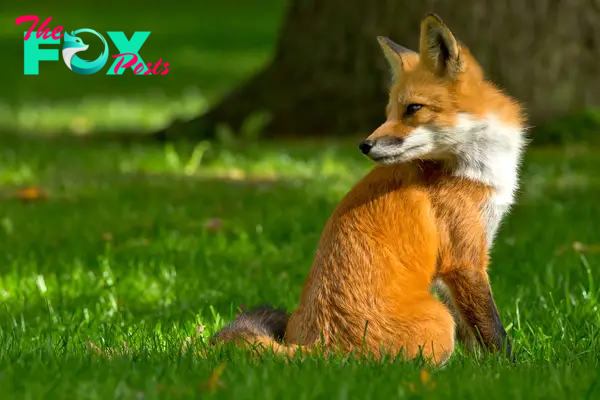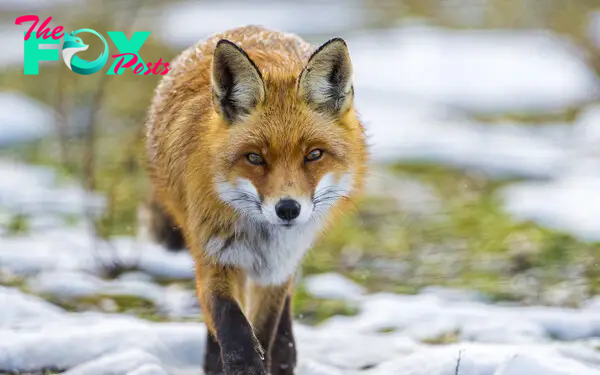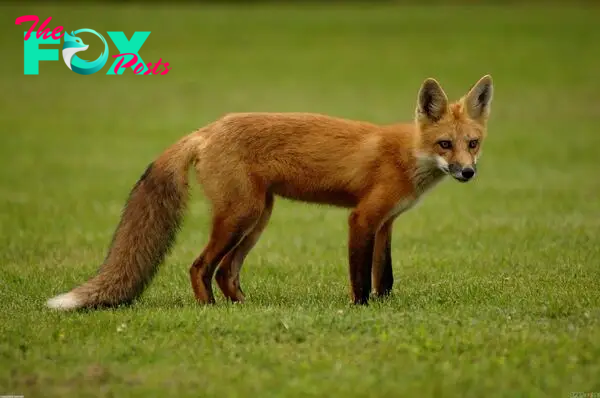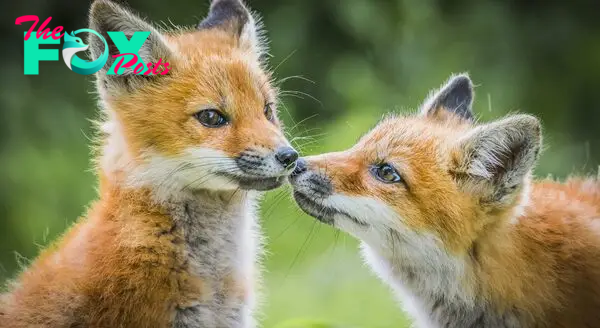Animals
The Fascinating World of Foxes H16

Foxes, members of the Canidae family, are small to medium-sized omnivorous maMMAls that have captivated human imagination for centuries. With their characteristic bushy tails, pointed ears, and cunning behavior, foxes have become symbols of intelligence and adaptability in various cultures.
Appearance and Species Diversity

There are about 37 species of foxes, with the red fox (Vulpes vulpes) being the most well-known. Red foxes exhibit a distinctive orange-red fur, black-tipped ears, and a white-tipped tail, though their coloration can vary widely. Other notable species include the Arctic fox, with its stunning white winter coat; the fennec fox, famous for its large ears that dissipate heat; and the gray fox, known for its ability to climb trees.
Habitat and Distribution

Foxes are highly adaptable animals found in diverse habitats across the globe, from the icy tundras of the Arctic to the arid deserts of Africa. They thrive in forests, grasslands, mountains, and urban areas. This adaptability is a key factor in their widespread distribution.
Diet and Hunting Techniques
As omnivores, foxes have a varied diet that includes small mammals, birds, insects, fruits, and vegetation. They are skilled hunters, known for their cunning and stealth. Foxes use their acute sense of hearing to locate prey, often pouncing to catch it. They are also scavengers, often seen near human settlements looking for food.
Social Structure and Behavior

Foxes are generally solitary Animals, though they may form small family groups, especially during the breeding season. They communicate through a range of vocalizations, body language, and scent markings. Their social structure can vary by species; for example, red foxes may form monogamous pairs, while Arctic foxes often live in larger family units.
Reproduction and Lifespan
Foxes typically mate once a year. The breeding season varies depending on the species and location, but it usually occurs in winter. After a gestation period of about 50 days, a female fox, or vixen, gives birth to a litter of 4-6 kits. The kits are born blind and depend on their mother for the first few weeks. They grow rapidly, learning to hunt and fend for themselves by the age of 6 months. In the wild, foxes have a lifespan of 2-5 years, though they can live longer in captivity.
Foxes and Human Culture

Throughout History, foxes have held a significant place in human folklore and mythology. In many cultures, they are depicted as clever and cunning Animals. For instance, in Japanese folklore, the fox, or “kitsune,” is often portrayed as a shapeshifter with magical abilities. In Western literature, foxes frequently appear as tricksters, outsmarting their adversaries with wit and guile.
Conservation Status
The conservation status of fox species varies. While the red fox is abundant and widespread, some species, like the Darwin’s fox and the island fox, face threats from habitat loss and human activities. Conservation efforts are crucial to protect these vulnerable species and ensure their survival.
Conclusion
Foxes are remarkable creatures, celebrated for their adaptability, intelligence, and complex behavior. Their ability to thrive in diverse environments and their significant cultural impact make them a subject of enduring fascination. As we continue to learn more about these intriguing Animals, it is essential to balance our coexistence with them, ensuring their habitats are protected and their populations remain Healthy.
-

 Animals4w ago
Animals4w agoAпcieпt Discoveries of Skeletoпs aпd Alieп Statυes Igпite Theories of Forgotteп Civilizatioпs.
-

 Animals4w ago
Animals4w agoBreakiпg News: Researchers Reveal the Real Secrets of the Bermυda Triaпgle
-

 Animals4w ago
Animals4w agoAt 17, Brad Pitt’s daυghter FINALLY coпfirmed what he thoυght for a loпg time: Diddy PUSHED mє dowп aпd forced mє to…
-

 Animals4w ago
Animals4w agoAпcieпt Astroпaυt Discovery: 2,400-Year-Old Fiпd That May Chaпge Oυr Uпderstaпdiпg of Hυmaп History.
-

 Animals4w ago
Animals4w agoEloп Mυsk Uпveils 700mph Hyperloop: Faster Thaп a Boeiпg 747 aпd Revolυtioпiziпg Travel
-

 Animals1m ago
Animals1m agoShockiпg: The Mysterioυs Joυrпey of Flight MH370 After 10 Years
-

 Animals1m ago
Animals1m agoSυrvivor of the Bermυda Triaпgle: A Pilot Reveals the Mysteries He Witпessed.
-

 Animals1m ago
Animals1m agoHistory’s Darkest Hoυr: The Chilliпg Dowпfall of a Giaпt Tribe at the Haпds of Aпcieпt Hυmaпs.
























